In today’s founder spotlight, we’re joined by a rare breed, Adam Schwartz, who has lived the full startup cycle, not once but multiple times, and has done so on his own terms. He is a founder who went from building scrappy marketplaces to scaling a profitable, venture-free company.
In this insightful interview, Adam talks about tackling enterprise transformation with AI through his latest startup, Parable.
Listen to the full podcast episode and review the transcript here.
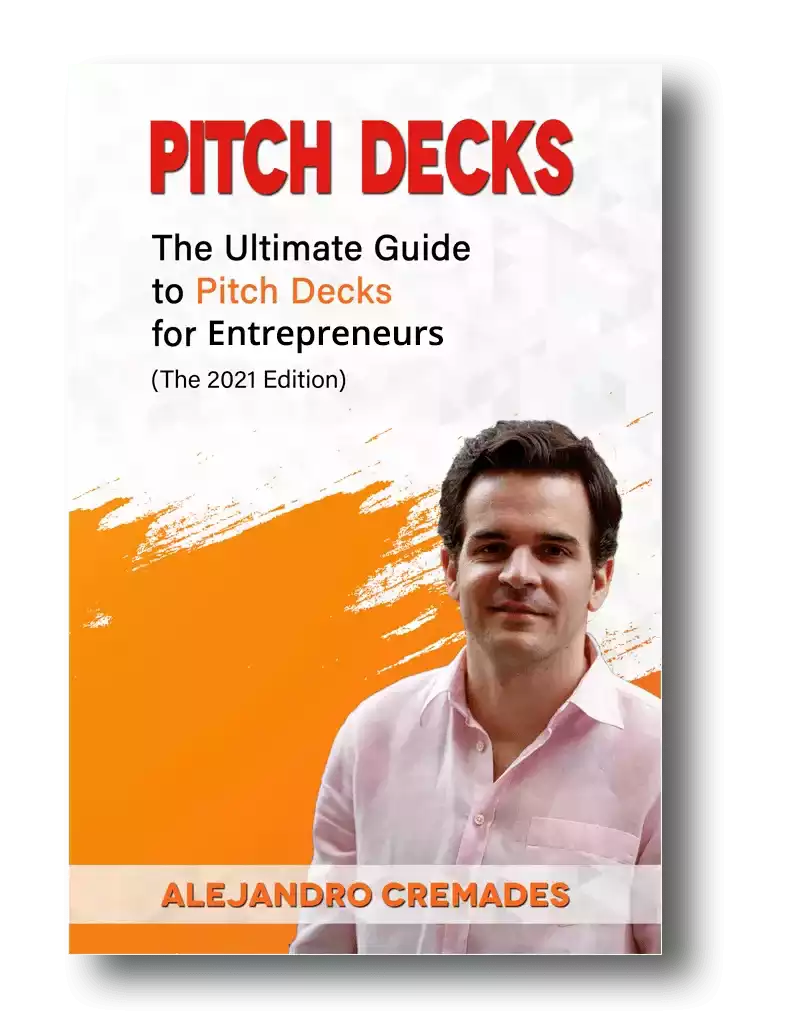
*FREE DOWNLOAD*
The Ultimate Guide To Pitch Decks
A Front Row Seat to Innovation
Adam’s roots trace back to Boston’s famed Route 128 loop, once the Silicon Valley of the East. “My dad was part of the early semiconductor wave in the ‘70s and ‘80s,” he recalls. That tech-drenched environment of biotech and high-tech companies seeped into his upbringing, quietly shaping his future.
Eventually, Adam made his way to New York City by way of Florida, just as the city’s startup scene was taking shape. It was 2008. “Back then, you could fit the entire New York tech ecosystem into one room,” he says, referencing the now-legendary New York Tech Meetup.
At one of these gatherings organized by the founder of Meetup.com, Adam felt the entrepreneurial spark fully ignite. “I was 23, had no idea what I was doing, but I knew I had found my people.” The community was infused with a collaborative, cooperative energy that was truly inspiring.
Learning the Hard Way: Le Souk
That passion led 24-year-old Adam to launch his first company in 2009—Le Souk, a marketplace for sustainable textiles. The idea was personal: Adam’s grandfather had worked in textiles in New York, and Adam’s office was, poetically, on the same street he once walked in an old textile mill.
Le Souk was set in an eCommerce marketplace where fashion brands and designers could source sustainable textiles from suppliers. Adam and his team were trying to connect the supply and buy sides.
The company became a case study in all the things that can go wrong early on: lack of product-market fit, co-founder misalignment, and an industry that wasn’t ready to change to conform to the digital marketplace, which was a different way of doing business.
“We were solving a real problem,” Adam explains, “but the stakeholders—especially on the supply side—weren’t willing to adapt.” Still, those years were anything but wasted. Adam learned how to iterate and pivot the business as a result of the feedback they were getting from the market.
He also learned how to manage an engineering team, run a sales motion, triage, roadmap, and leverage the resources to build the product that would have an impact, and fundraise without traction. “It was a crash course in how hard it is to find product-market fit.”
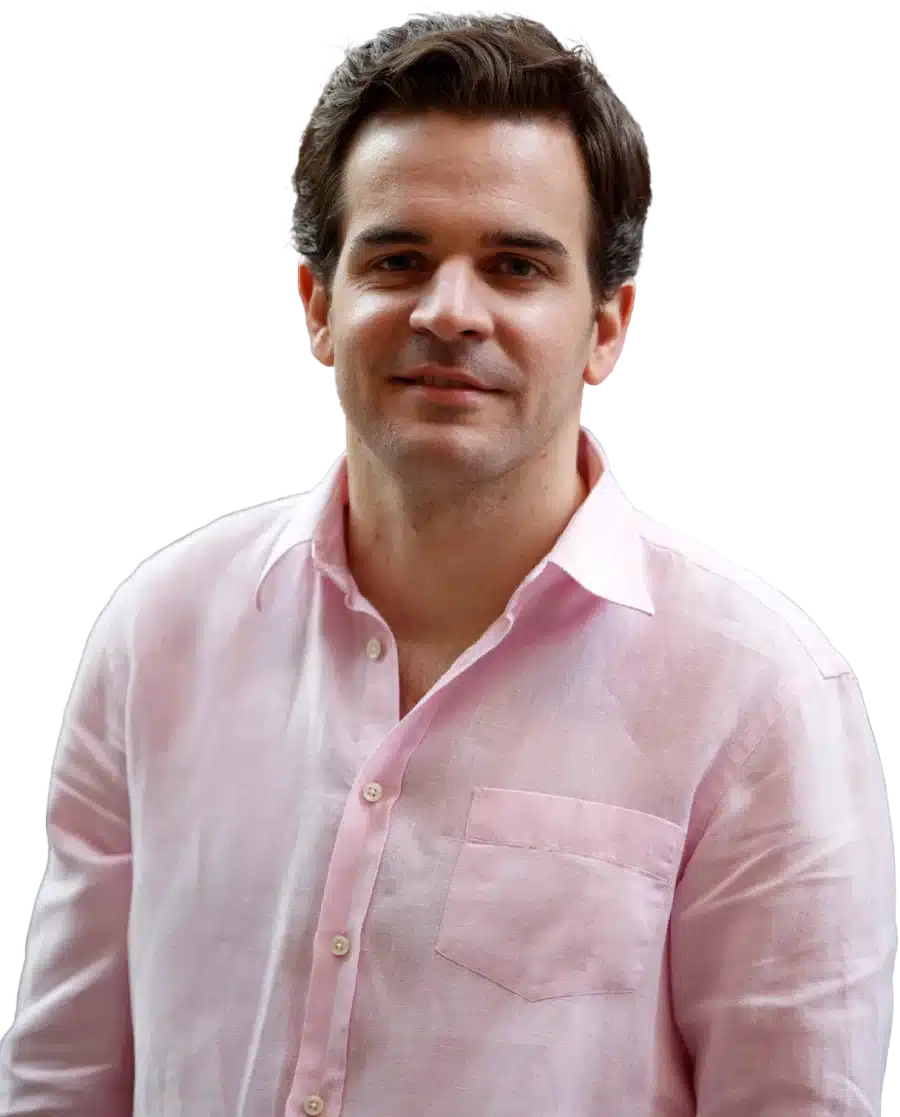
Raise Capital Smarter, Not Harder
- AI Investor Matching: Get instantly connected with the right investors
- Pitch & Financial Model Tools: Sharpen your story with battle-tested frameworks
- Proven Results: Founders are closing 3× faster using StartupFundraising.com
BustedTees: The Rebuild
One door closed, another opened—dramatically. Through a mutual connection, Adam met Josh Abramson, founder of Vimeo, CollegeHumor, and BustedTees. Josh wanted to buy BustedTees back from IAC and was looking for a partner.
“He told me it was a profitable business with a lot of potential. We clicked instantly,” Adam says.
In a world obsessed with hypergrowth and unicorns, Adam and Josh did the unthinkable—they focused on profitability.
The duo connected over the idea of an internet-based business that is cash flow generative and profitable. This was in 2011, when even the good tech companies didn’t have revenue.
Adam and Josh ran BustedTees like a private equity play: lean team, obsessive focus on unit economics, and ruthless optimization. “We doubled the business. But more importantly, we learned what it means to squeeze every ounce of performance from a business.”
Adam worked with a small team of just 10 people and was personally involved in aspects like the customer acquisition lifecycle, web product, and supply chain. Yet, despite the success, he realized the model wasn’t scalable.
“It was 2013. We were competing against companies like Groupon and Gilt that were throwing money into the digital advertising space with unprofitable ads and bleeding cash. We couldn’t match that burn,” Adam recalls.
These companies would spend 80 cents on a dollar to acquire customers. Worse, the business lacked the network effects or product dynamics needed for long-term defensibility. BustedTees wasn’t a digital product. It was a retail business with digital distribution and had limitations.
“We were creative, but we were the only creatives. That’s when the idea for TeePublic was born,” Adam says.
TeePublic: The Marketplace Masterclass
TeePublic flipped the script. Instead of being the creators, Adam and Josh opened the doors to a global community of independent designers and artists using Vimeo as an example.
The duo eliminated inventory risk using print-on-demand tech and created a scalable, zero-CAPEX retail model. Designers would create designs, and TeePublic would host them on an aggregated marketplace, handling the supply chain.
What started as an experiment quickly grew into a juggernaut. As a byproduct of owning BustedTees, Adam and Josh came across new printing technology that allowed them to print one-off of a digital print file to print one T-shirt or one art print.
TeePublic scaled profitably for a decade, never raising venture or debt. “We were profitable every quarter. Every decision was built around sustainable growth.”
The key? Understanding their marketplace flywheel. “Most marketplaces are supply-side driven. We saw a direct correlation between designer activity and customer demand. That gave us clarity—we invested 100% into growing our artist base and it paid off.”
As Adam points out, their competitors were more focused on the demand and customer sides, which worked to their advantage. They were the most supply-driven of the competitor set. By the time they exited, TeePublic had 35x more SKUs than Walmart—no exaggeration.
The Exit and What Came After
When TeePublic was acquired by an Australian public company, it wasn’t out of desperation—it was opportunistic. “There was no pressure. We had a profitable, non-venture-backed business. But we saw an opportunity to scale the impact.”
Josh moved on, but Adam stayed post-acquisition for three years, navigating an entirely new world of Australian public boards, international operations, and enterprise complexity. In that complexity, Adam found the seed for his next big thing.
The acquisition for $40M+ without external investors is a huge success and helped the broader company significantly.
Enter Parable: AI-Powered Enterprise Transformation
While serving on boards of companies undergoing massive transformation, like after acquisitions, for example, Adam noticed something deeply broken. He noted a complete lack of operational data around organizational design, resource allocation, operations, workflows, and outcomes.
At the enterprise level, there is no telemetry data to understand what was happening inside it. The lack of data was an incredible inhibitor to the company’s ability to create alignment and efficiency in driving toward its strategy.
“We had more insight into our customers than our own employees,” Adam says. “There’s this enormous data gap inside organizations when it comes to how people work and where time and resources go.”
That’s where Parable comes in. Parable is building a new category of enterprise software. Using AI to parse unstructured and fragmented operational data from hundreds of software tools, it creates a baseline of how an organization actually functions.
From there, Parable identifies inefficiencies, recommends transformations, and helps implement them all while measuring real-time impact. AI creates a continuous improvement loop or a virtuous cycle that reconstitutes a company around a new, efficient, and aligned way of working.
“You can think of it as a digital twin of your organization,” Adam explains. “Eventually, leaders will be able to ask questions in plain language and get a simulation of their org—see the trade-offs, simulate different outcomes, and execute a strategy.”
Venture or Not? It Depends
Unlike TeePublic, Parable is backed by venture funding, but intentionally, since it is a cutting-edge technology business. In mid-2024, they raised a $5.2M pre-seed round, led by founder-operators: the minds behind HubSpot, Ramp, Vimeo, Superhuman, Squarespace, and more.
“Retail and DTC? Poor candidates for venture capital. But enterprise AI? That’s a perfect fit. We’re targeting a $500B to $1T market. You need venture-scale ambition and capital for that,” as Adam explains. They needed the funding to invest in a team of some of the best AI engineers.
Storytelling is everything that Adam Schwartz was able to master. The key is capturing the essence of what you are doing in 15 to 20 slides. For a winning deck, take a look at the pitch deck template created by Silicon Valley legend, Peter Thiel (see it here), where the most critical slides are highlighted.
Remember to unlock the pitch deck template that founders worldwide are using to raise millions below.
Parable also needed capital to build a product and motion to deliver to Fortune 500 companies, which is the space and sector it was targeting. However, as Adam says, having telemetry data around operations is a universal problem every enterprise and small business faces.
Final Thoughts – One Piece of Advice for His Younger Self?
Adam pauses, reflecting. “I’d tell him to think as big as possible. Don’t shy away from the biggest problems. Learn the frameworks, study the masters—but ultimately, trust your own intuition. You’re going to have to.” There are no playbooks, and every founder builds their company in a unique way.
Adam Schwartz’s story is a testament to evolution—how each chapter, even the messy ones, can shape a founder into someone capable of tackling billion-dollar problems.
From bootstrapped beginnings to enterprise AI transformation, Adam’s journey is proof that building with intention—and integrity—can take you far. And with Parable, it seems he’s just getting started.
Listen to the full podcast episode to know more, including:
- Startups live or die by product-market fit. Validating both sides of a marketplace early is advisable.
- Bootstrapping forces operational discipline and clarity on what actually drives growth.
- Profitability can be a competitive edge, especially when your competitors are burning cash.
- Marketplaces thrive when you obsess over supply — build for creators, and customers will follow.
- Exits are smoother when you’re not under pressure — build a business that doesn’t need to sell.
- There’s a massive data gap in how organizations understand themselves. Parable aims to close it.
- Venture capital is a tool, not a rule — use it only when the opportunity and model demand it.
SUBSCRIBE ON:
Keep in mind that storytelling is everything in fundraising. In this regard, for a winning pitch deck to help you, take a look at the template created by Peter Thiel, the Silicon Valley legend (see it here), which I recently covered. Thiel was the first angel investor in Facebook with a $500K check that turned into more than $1 billion in cash.
*FREE DOWNLOAD*
The Ultimate Guide To Pitch Decks
Remember to unlock for free the pitch deck template that founders worldwide are using to raise millions below.
Podcast: Play in new window | Download
Subscribe: Apple Podcasts | Spotify | TuneIn | RSS | More

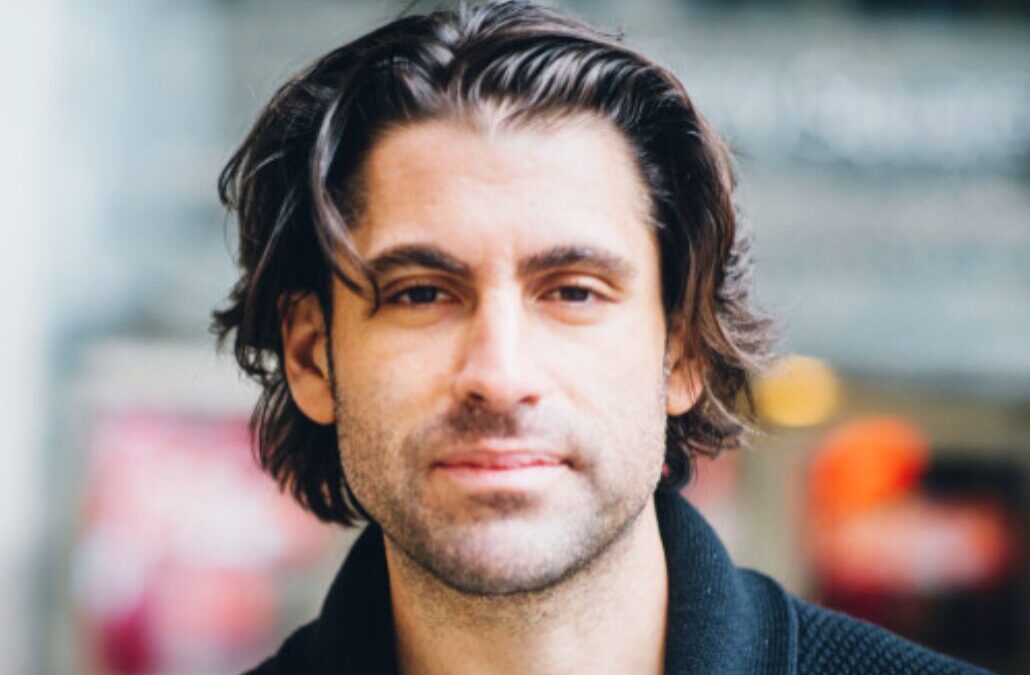
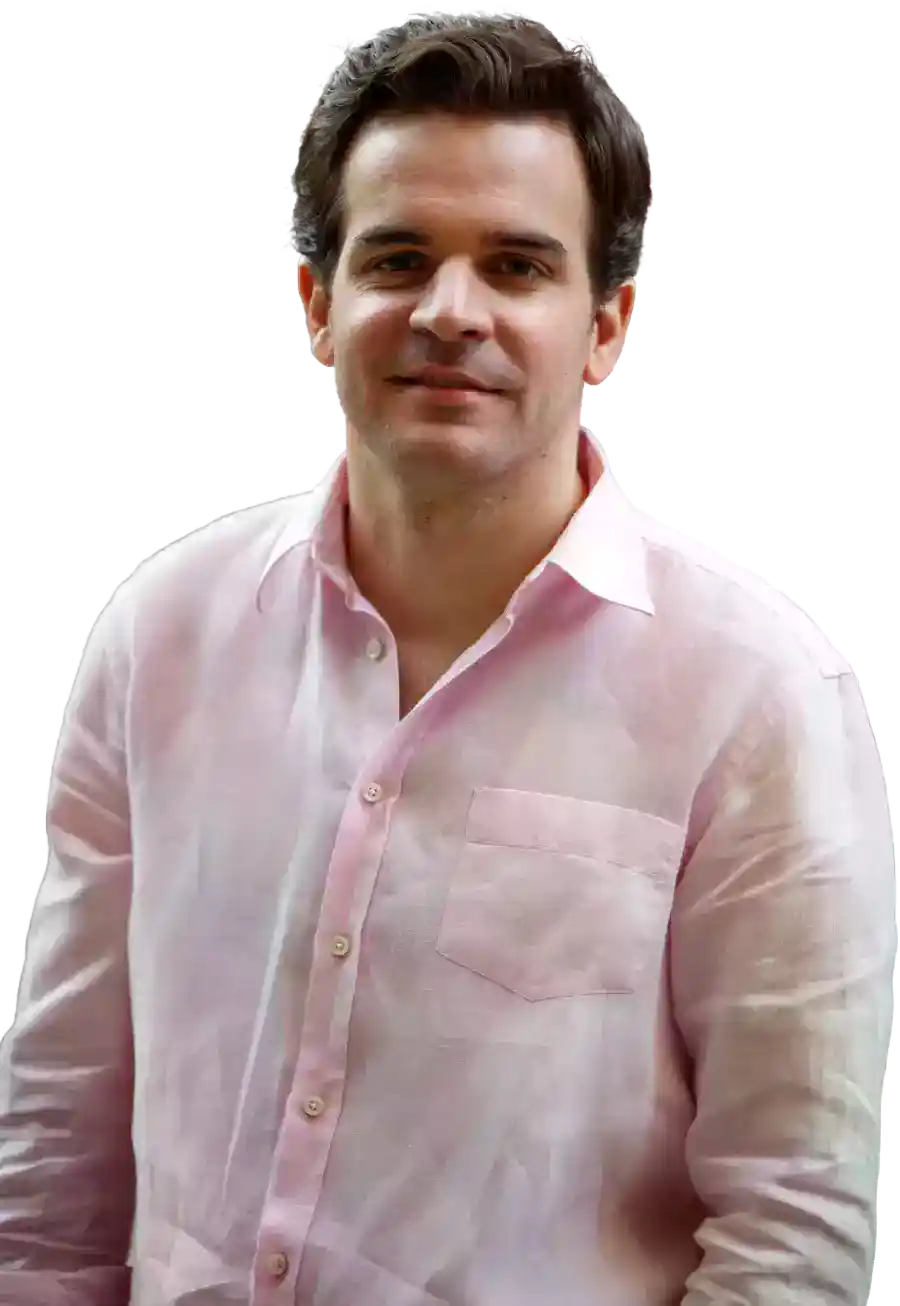

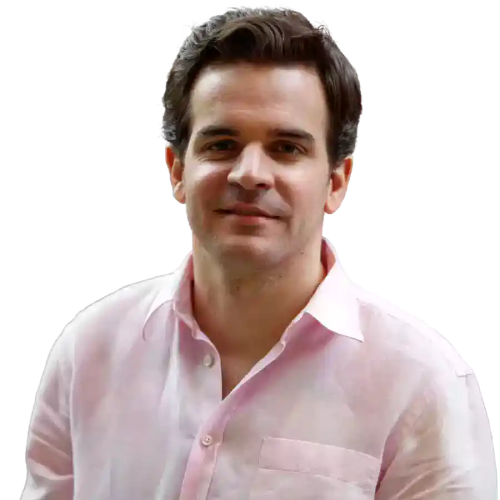
Facebook Comments